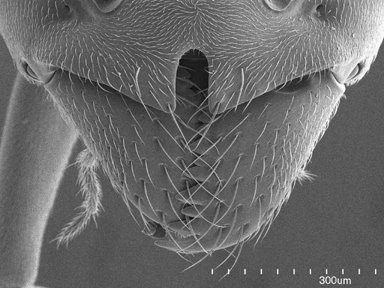
Though the resources in ant taxonomy are globally used (eg antbase.org, see clustermap, antweb.org) the organizers or ant conferences are not. In fact, this year the two major conferences on ants, the ANeT conference
 and the
and the  Simpósio de Mirmecologica that attracts over 400 participants mananges to have their meetings almost exactly at the same dates 17-21 October and 16-20 October respectively. The meeting of the Oesterreichische Myrmekologentreffen, that has a very local target audience is another one this year.
Simpósio de Mirmecologica that attracts over 400 participants mananges to have their meetings almost exactly at the same dates 17-21 October and 16-20 October respectively. The meeting of the Oesterreichische Myrmekologentreffen, that has a very local target audience is another one this year.It would make sense to alternate the conferences so that one could attend both, not least so that the global efforts could be coordinated.
Global efforts, collaboration? This is still a "Fremdwort" in the myrmecological world, where too many try compete to build the ultimate global ant information system, and most of them miss the resources to deliver nor do they have a plan for long time maintenance of their databases. Though this reflects to some extend the amateurish aspect of scholarly online communication, it is at the same time a tremendous waste of resources, and a lot is done by copy-paste of already existing material, such as pdfs, taxonomic lists, images.

